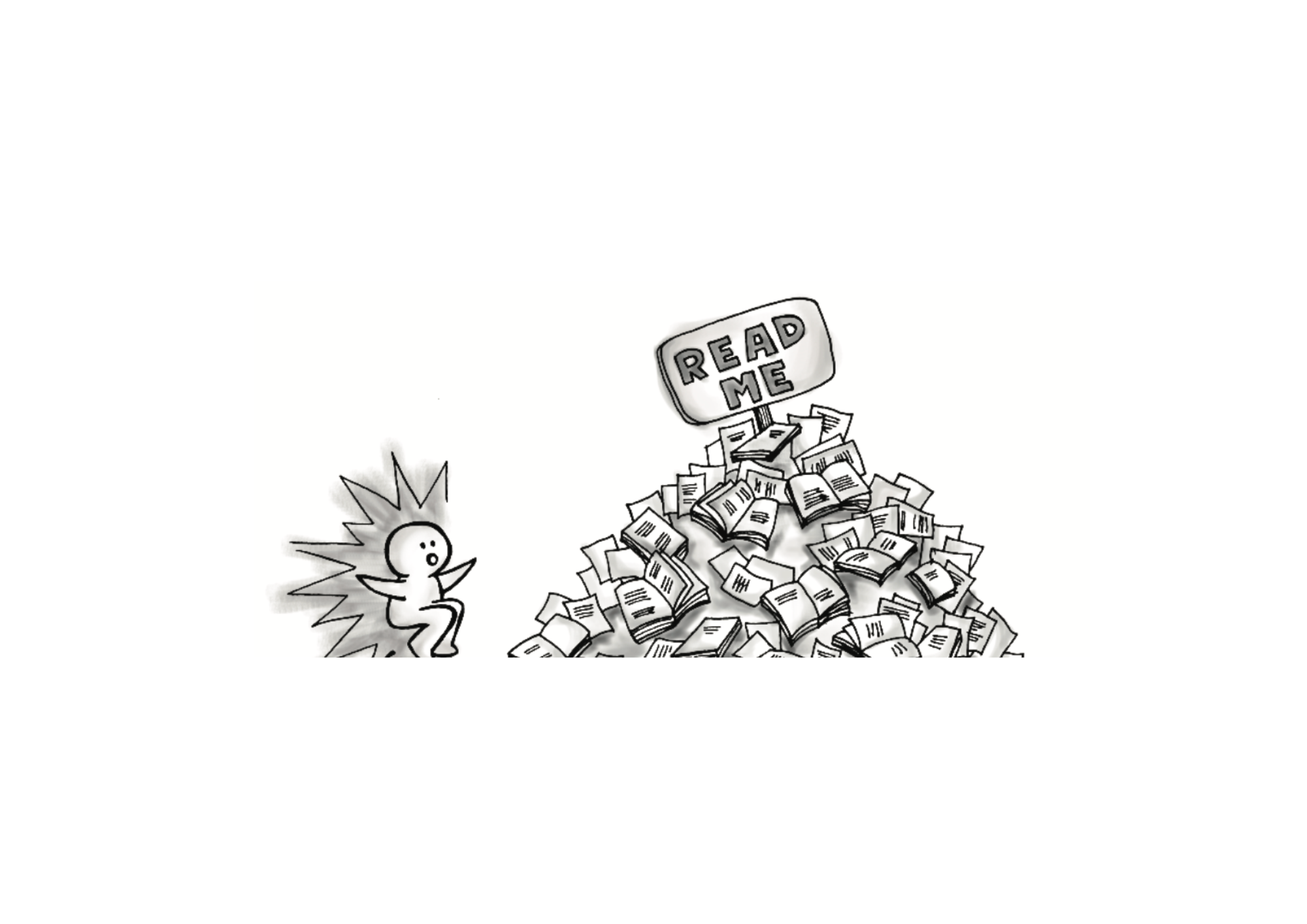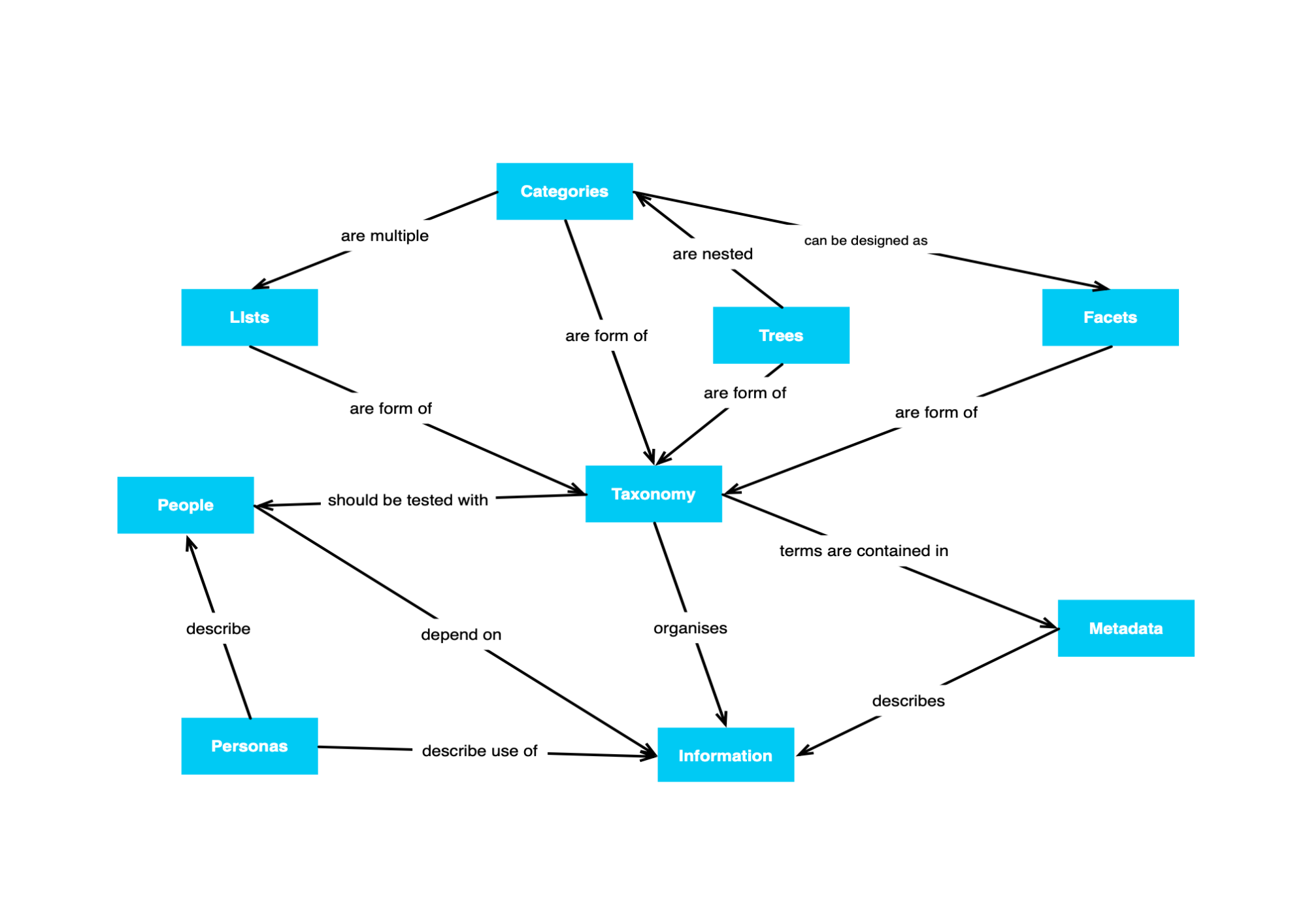Why organise information?
Digital publishing and social networks have accelerated the amount of information we’re exposed to today. We’re publishing more information and are more connected than at any other time in history.
The last such burst of information occurred after Gutenberg mechanised bookmaking around 1440. We then had libraries, librarians, and classification systems to access and manage the growing collections.
The same happens in today’s digital world—the scales have just changed.
Websites, intranets, shared folders, and collaboration spaces = the new libraries
Web team, intranet team and, more commonly, regular staff (employees) = the new librarians
Lists, categories, trees, facets, taxonomies—the stuff you’ll learn in this book = the classification systems
In 1876, the American librarian Charles Ammi Cutter laid out three rules for a library:
- To enable a person to find a book
- To show what the library has
- To assist in choosing a book
These three rules also apply to digital information. If you’re responsible for your company’s website or intranet, you must ensure your information is found and used. You also have to build opportunities for serendipity and discovery so that users can stumble upon the wealth of information on your site.
If you’re part of a project team managing thousands of documents, you must ensure your team members find the documents easily. However, this notion of organising for others may be new to you. For the longest time, you’ve organised information only for yourself—using folders on your desktop. Now, you have to think about others.
In the following chapters, you’ll learn various ways to organise digital information.
Below is a map of the concepts we’ll cover in this book.

